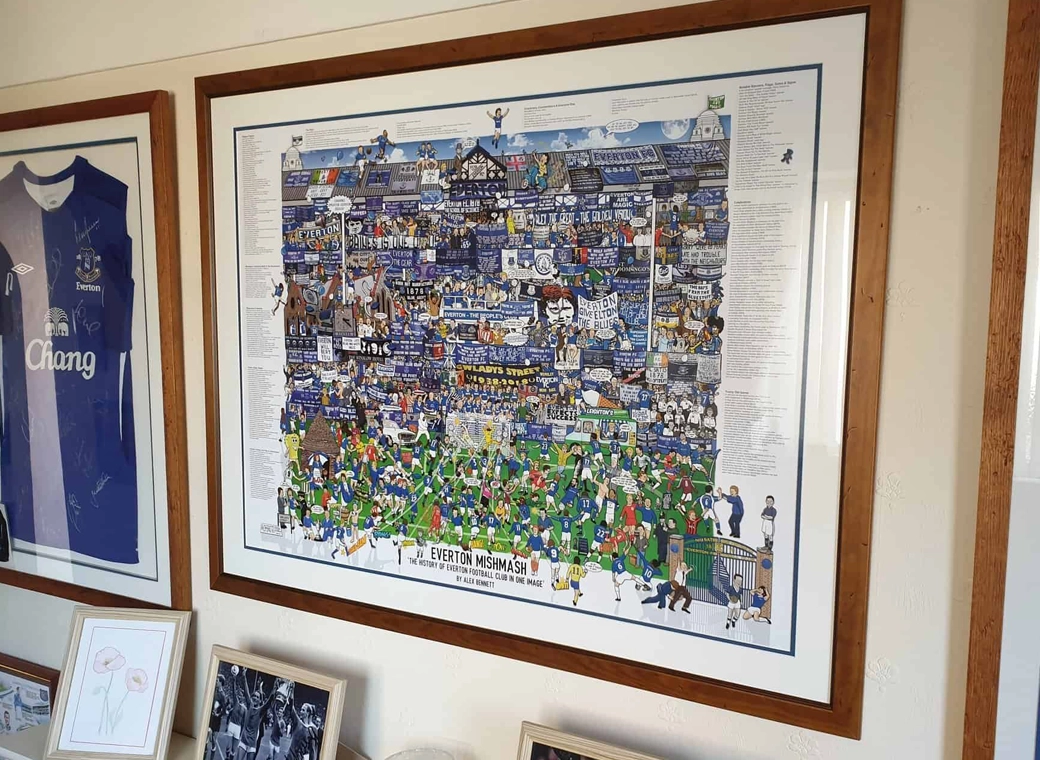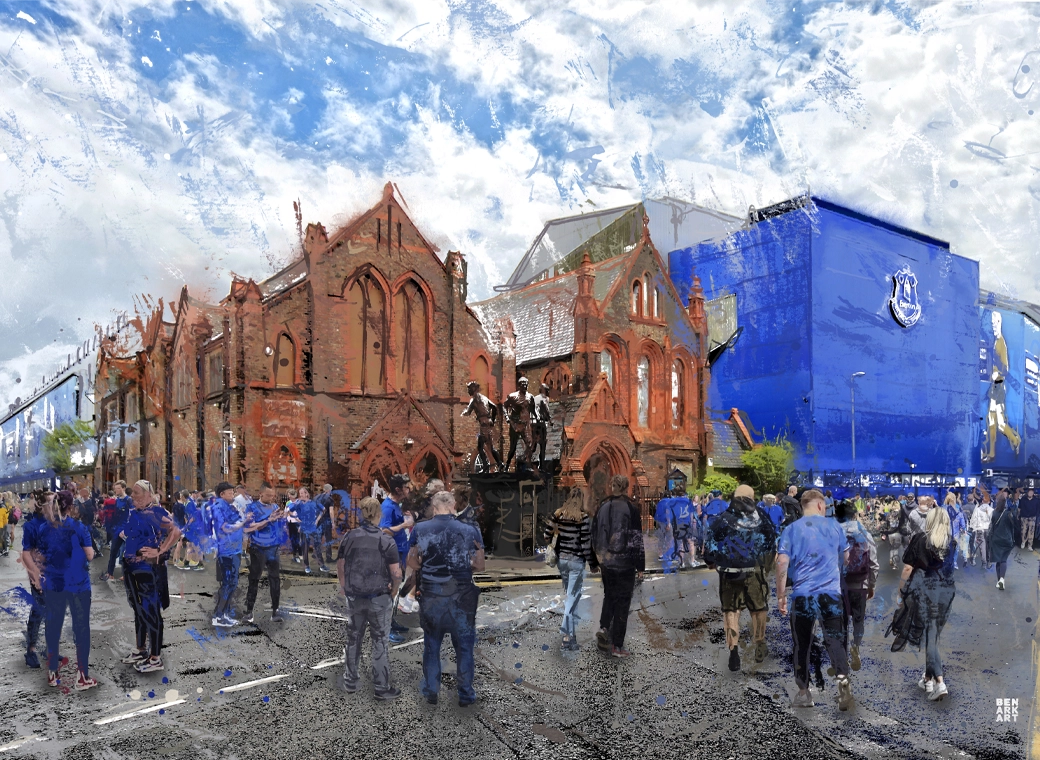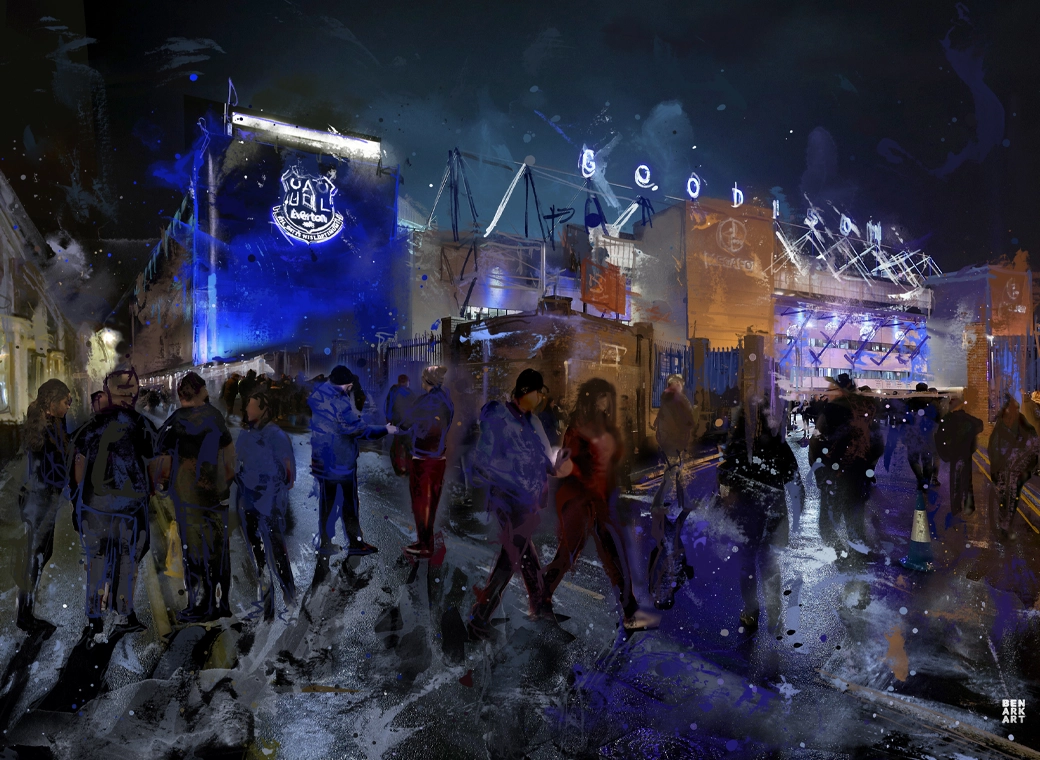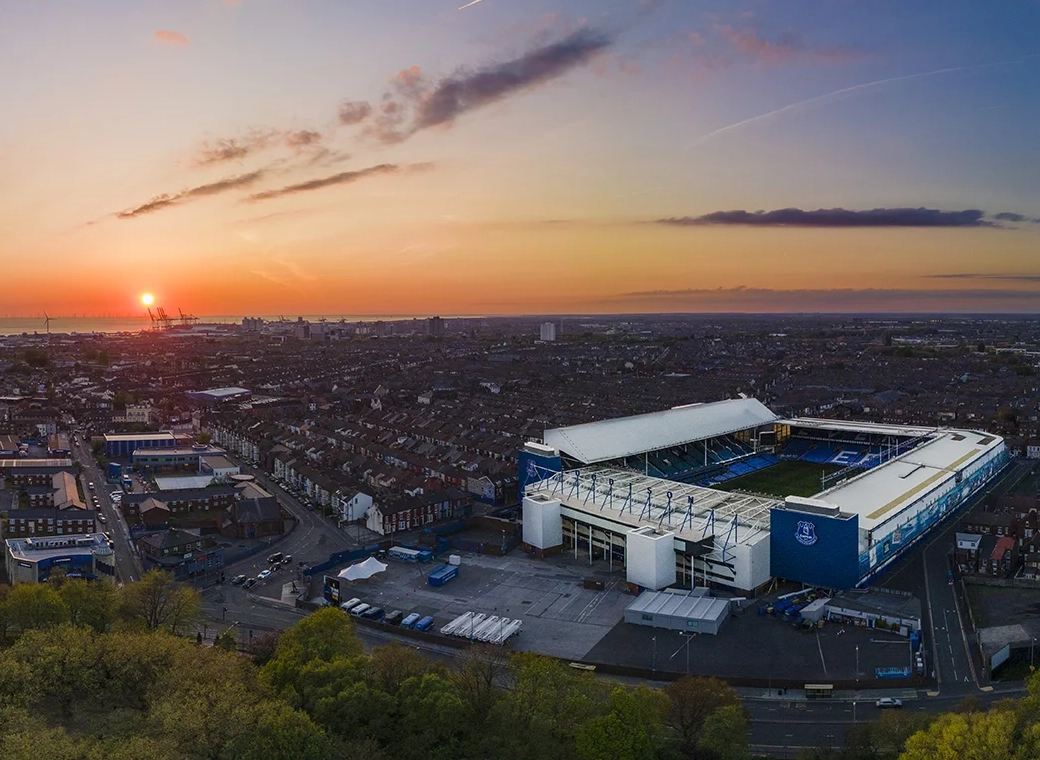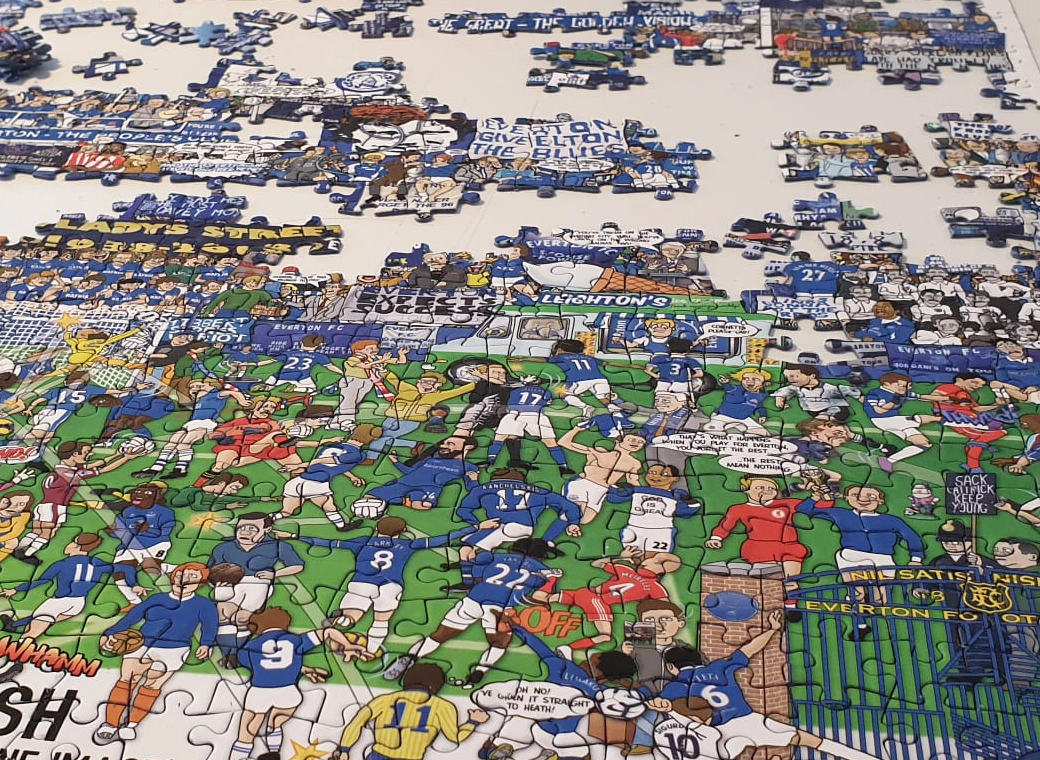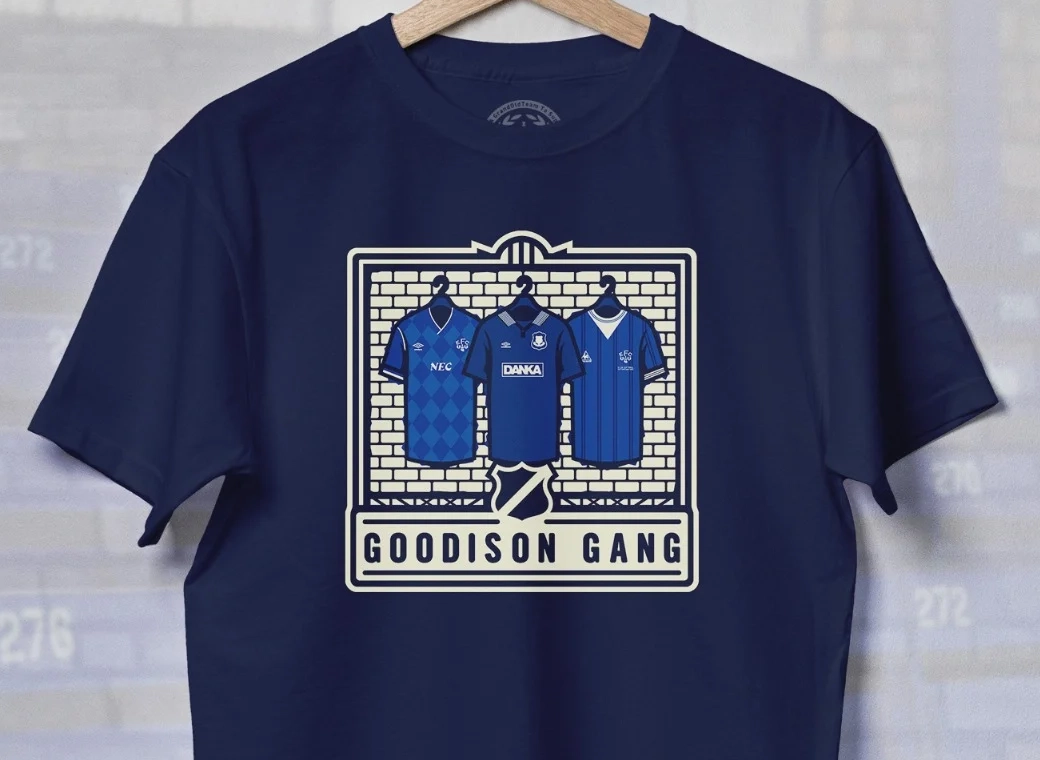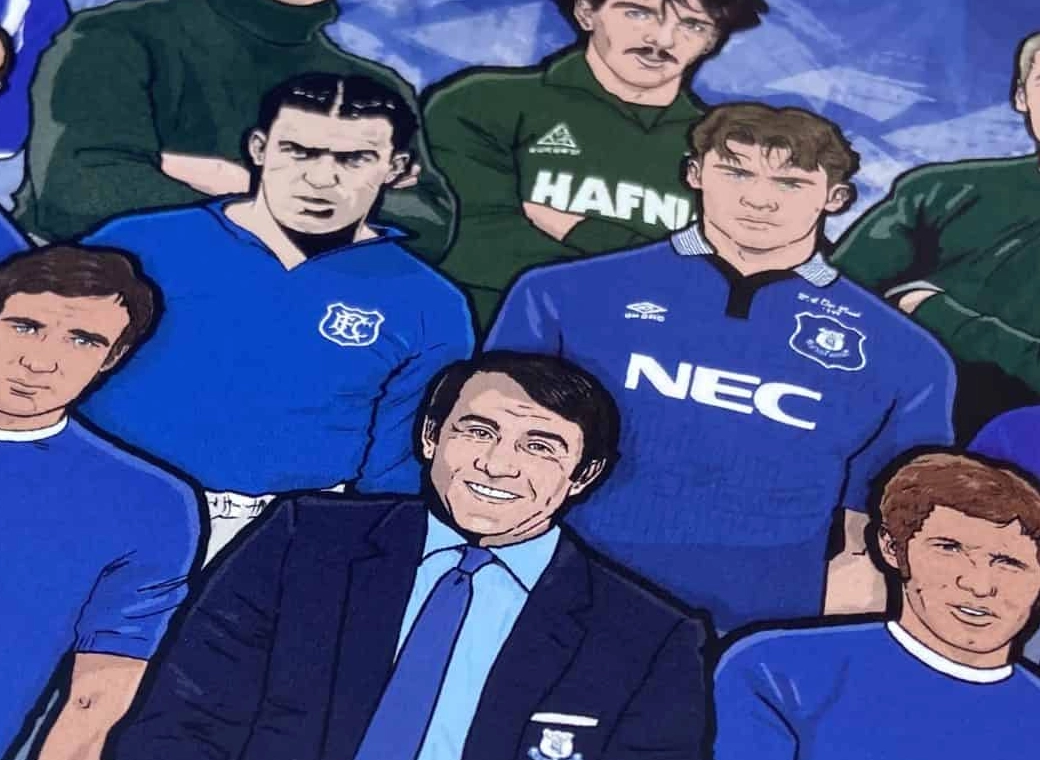To be fair to Meis some of the big design changes made for both financial reasons and to get planning (notably reducing overall height) lessened his original design.
The scaling back of the Home End probably got most fan focus but IMO the lowering and simplification of the roof design probably damages internal and external aesthetics most. The simplification of the Leitch design in the brick cladding was at worst neutral for me, as it saved money but arguably resulted in a cleaner design.
This highlights that not every change from Meis’ original plan was bad. The relocation of solar panels to the roof from the abandoned multi-storey is sensible. The stepped Western Terrace and architectural wind baffles arguably improve on the original design.
There will be inevitable compromises in any large scale build. My two biggest remaining fears (ignoring any risk from a club sale) are that:
1. Both the brick stand dressing and steel roof cladding might be designed & made too cheaply and look naff, and
2. The internal fit might be done on the cheap and leave it looking like a soulless concrete wasteland inside non-corporate areas
So far it seems the site preparation and build has progressed professionally, to high standards and without obvious corner-cutting. Hopefully that continues and we get a stadium that is not Spurs’ luxury palace but is functional, solid in terms of facilities, atmospheric when full and all in a location that cameras and visitors will love (wind, hail and sunny day smells will not stop that).
It is not unreasonable to see the possibility that aerial reveal shots along the river from over the city, down the river from the sea and across from Wirral will become some of the best known Premier League images globally. Every cruise and merchant ship will get the view.
Visibility matters. The drone footage of a still early-stage construction site hint at just how powerful a marketing and commercial tool this location can become if handled professionally.
Location, location, location...


